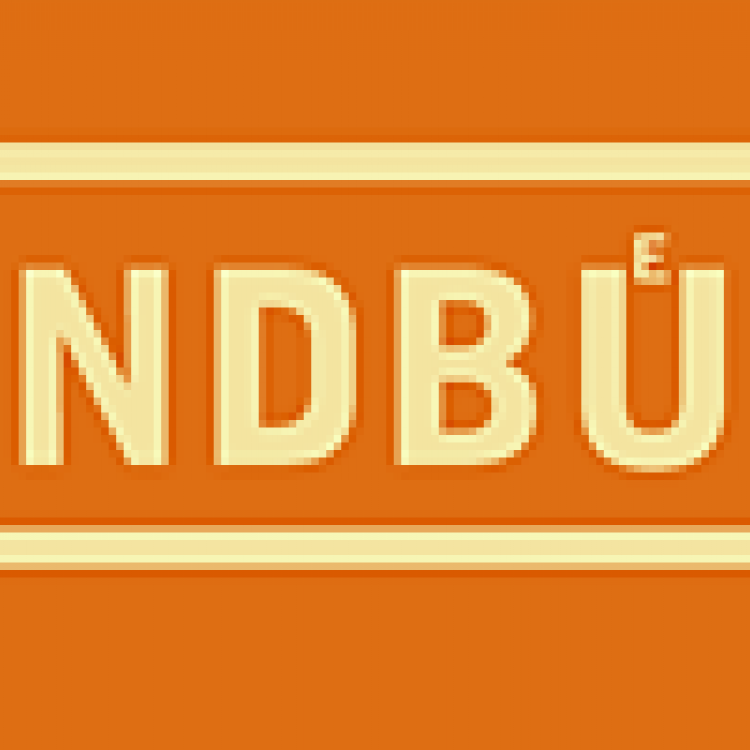Das Fundbuero / The Lost and Found Office
Das Fundbuero is an ongoing project about the political changes of 1989-1990 in East Germany, and the relationship that individual people have to dissolving and emerging state and social institutions during this period. This transition --known as the Wende --created a break in national narrative that generated a space for reflection and questioning of political and economic systems; that rift is at the centre of Das Fundbuero, which aims to create a dynamic archive that captures the nuances of people's experiences before, during and after the dissolution of the German Democratic Republic. Das Fundbuero endeavors to work collaboratively with the people whose stories it presents. Projects are iterative and open-ended, and forms develop in response to the desires and needs of participants.
Das Fundbuero hosts different activities in public spaces which take many forms, such as discussion groups, movie nights, exhibitions, workgroups, surveys and informal lectures. All of these activities are intended to create spaces for individuals to critically reflect on their own memories of this period and the aftereffects of how this history has shaped their identities. In addition to helping coordinate these activities, participants can also give interviews, donate objects, or propose an activity on aspects of East German history important to them. Given this participatory structure, Das Fundbuero does not intend to build a single grand narrative or historical consensus. Rather, the project functions as a space for conflicting sentiment and histories to co-exist. In this way, the project is influenced by a documentary tradition that eschews sentimentality, confronts the elusive nature of truth and embraces contradicting narratives.
The overarching goal is to understand how the re-telling of history by a nation's average citizens affects their ability to feel engaged with their government, particularly when they've been marginalized by dominant historiographies. Das Fundbuero's Leipziger Zentrale was open from September 2010 until December 2014. Meeting space, reading room, exhibition and event space, Fundburo Leipziger Zentrale is a conscious effort at hospitality that helped put people at ease, even when discussing contentious subjects. During open hours, visitors could record an interview or bring in objects to be photographed for the archive. Monthly events offered more chances for interaction and exchange between participants on topics connected to GDR history. Anyone could suggested a theme; participants and organizers would work together to support the realization of the idea. Formats included lectures, comic workshops, Christmas crafting nights, music listening parties, etc. Events were structured to create an atmosphere in which people were ready to talk and could more easily overcome the division between organizer and participant. In addition to formal discussion during events, there was also the opportunity for informal discussion afterwards. People were actively engaged in the construction and presentation of their own history. The project was covered by regional and national press, and a self-published newspaper documented the activities. Articles were written by participants and event attendees.
The newspapers were distributed regionally. Print costs were funded by donations from businesses in the neighbourhood. At the time of Das Fundbuero's main work (2009-2014), the social landscape for discussion of East German history was quite different than it is today (2019). Public discussion was highly polarized, and there was little space for people to express ambivalence or just discuss their experiences without being pressured to take sides. Leipzig in general, and Lindenau in particular, though already up and coming, were not yet the cultural mecca they have become. Lindenau was still a working-class neighborhood in post-industrial and post-Wende decline, and the area still showed evidence of that. Of the four buildings at the intersection where the Zentrale sat, two were completely empty. Since then, those two buildings have been renovated, though only one of them is occupied.
In 2011, one could already see the forces of gentrification at work, and Das Fundbuero was in some ways a part of that, whether intentionally or not. The organisers did try, though, to offer something that was for the people who already lived in Lindenau, not for some potential future audience. They participated in neighborhood festivals in order to come in direct contact with more local residents and explain what they did. Starting with a suitcase and selected objects, a small mobile archive was created for the collection of stories on-the-go (the Koffer der Erinnerungen); the archive was then brought to street fairs and other public events in the area. A conscious effort was made to develop relationships with the existing businesses in the neighborhood which lead to an increase in reputation within this community as well. The initiators were seen less as interlopers in Lindenau and more as an important actor in the Georg-Schwarz-Str. community. Project participants often asked if the archive would travel --especially to the U.S. --for exhibition. By producing exhibitions in the U.S., the project's public has been extended to involve these secondary audiences outside of the original project geography. Rather than acting as static viewers who are presented with authoritative work, audiences play an active role in generating meaning and are invited to temporarily occupy the transitional space of the archive in order to interrogate their own assumptions about citizenship, democracy, and their relationships to institutions in contemporary America. In this way, the East German experience is employed as a lens for re-interpreting public histories across different societies.
